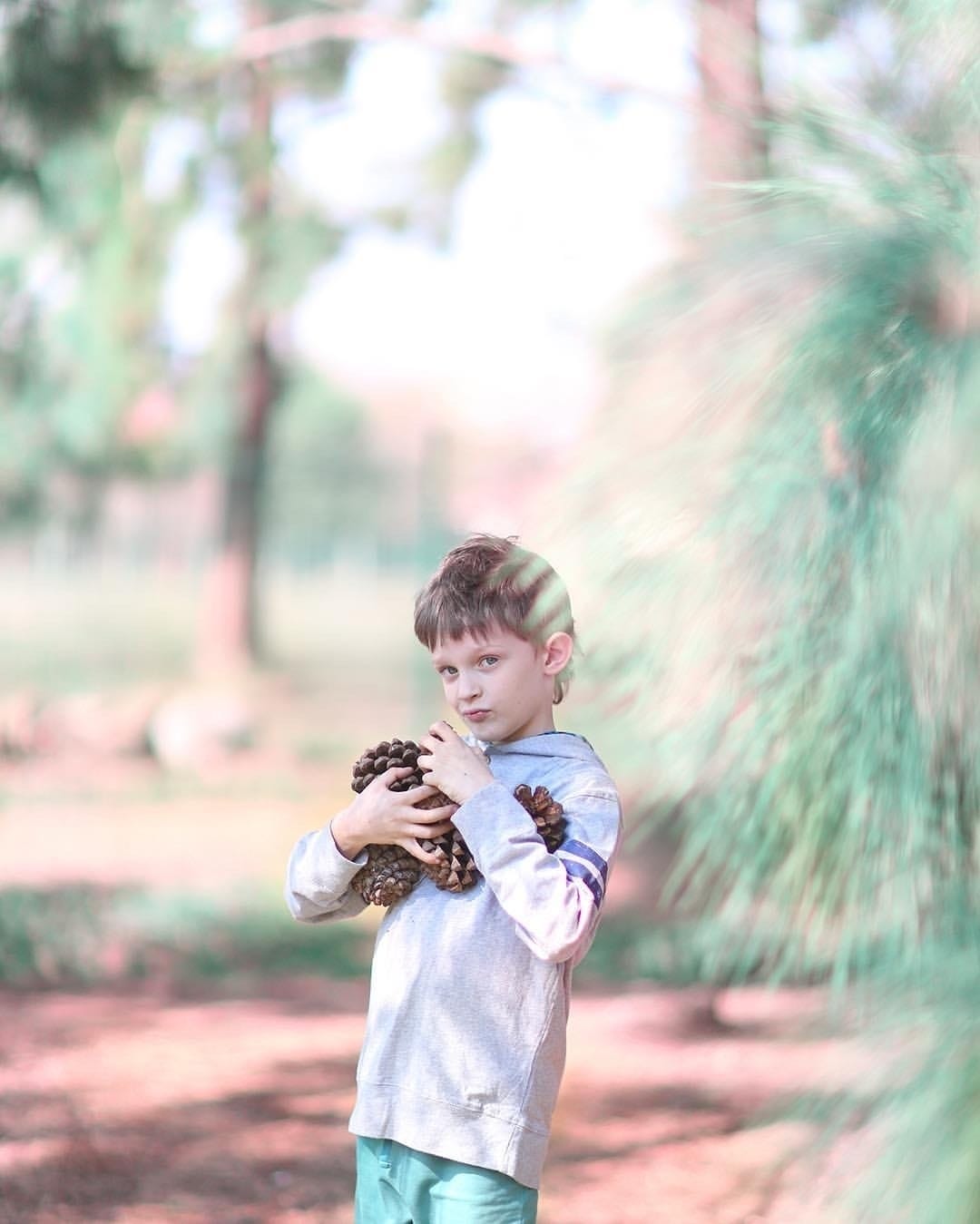How to treat poison ivy + poison oak rashes on kids

And when you should go to the doctor.
Table of Contents
It is important to know how to treat poison ivy and poison oak rashes. The best prevention is to teach your children how to recognize poisonous plants and stay away from them. The American Academy of Dermatology and American Academy of Pediatrics offer information on how to identify these plants and treat a rash if one occurs.
About 5-10% of people are not allergic to poison ivy and will never get a rash from poison ivy. Many other people mistakenly believe that they are not allergic to poison ivy because they have not yet had a noticeable reaction, such as a rash. The explanation is that people rarely develop a rash or any type of skin reaction the first time they encounter poison ivy, however, most people will break out in a rash after subsequent exposure.
The urushiol oil contained in the leaves and stems of poison ivy and poison oak causes the rash. It may be carried by pets or clothing that were exposed. If a rash develops, it usually appears in one to four days after exposure and should heal in two to three weeks. The rash will often form in streaks on exposed skin, a result of the individual brushing through the plants.
The mildest form of rash caused by these plants often consists of small, red, itchy bumps that can resemble hives. It is more common to develop clusters of small blisters, usually with clear fluid, that can sometimes join together to form larger blisters. If your child gets poison ivy on his or her eyelids, the eyelids will become red, swollen and itchy—but the eyeballs themselves should not be affected.
If your child is exposed to poison ivy, start preventive measures by:
- Gently washing the affected area for several minutes in warm, soapy water. Rinse the soap off thoroughly and dry gently. There is no need to scrub the skin harshly.
- Wash all clothes, shoes, and pets that may have come in contact with the plant; the oil can spread from clothes to other surfaces easily and quickly.
If your child does develop a poison ivy rash, start treatment at home with these tips:
- Apply calamine lotion three to four times a day to help calm the itch. Avoid topical antihistamine and benzocaine anesthetic creams as these may cause another allergic rash on top of the poison ivy.
- Decrease the inflammation by applying a one percent hydrocortisone cream to the affected area.
- Drawing a cold bath or an oatmeal bath also may help to sooth the rash. Don’t scrub the area with soap because that often makes the skin itchier.
- Apply a cool, wet compresses (cool water on cloth towels) to soothe the skin and help dry up any oozing areas .
- Try an oral antihistamine , such as diphenhydramine, to reduce the itch at night.
- Trimming your child’s nails might prevent scraping the skin and putting it at risk for infection.
Some areas of the body may develop the rash a few days after it first appears on other parts of the body. These delayed rashes start later because they were not exposed to as much of the urushiol oil. Parents should note that the clear fluid that oozes from the blisters does not have any of the oil and cannot cause the rash to spread on you or to anyone else.
When to see the doctor
It is possible for a rash to escalate to the point of needing to see a doctor. If you notice any of these symptoms, you should call your child’s pediatrician:
- If the rash does not respond to the previous methods of treatment
- Severe rash on the face
- Fever
- Signs of infection such as oozing
- The itch prevents your child from sleeping at night
- It hurts to use their hands (or to go to the bathroom) because of the rash
- The child has had very severe reactions to poison ivy in the past
Prescription treatments usually rely on creams and oral medicines that are in the hydrocortisone family but are much, much stronger than the hydrocortisone 1% cream that you can buy over-the-counter.
If you have more questions on types of rashes or topical treatments, consult your child’s pediatrician.
Originally posted on Children’s National Health System’s Rise and Shine .


































